This 3D model of K-VRC consists of files in StereoLithography (.Stl) format that is optimized for 3D printing.
Before printing the files, we strongly recommend reading the PRINTING DETAILS section.
WHAT WILL YOU GET AFTER PURCHASE?
- 3 versions of K-VRC STL files for FFF/FDM and DLP/SLA - files for all versions are available for download after the purchase;
- STL files of high-poly K-VRC Model for 3D printing consist of 157 files;
- Sizes for:
- FFF/FDM Active: 209 mm tall, 93 mm wide, 113 mm deep;
- DLP/SLA Active: 209 mm tall, 93 mm wide, 113 mm deep;
- DLP/SLA Static: 105 mm tall, 47 mm wide, 56 mm deep;
- Assembly Manual for FFF/FDM 1.0 and DLP/SLA 1.0 versions in PDF and video formats;
- Detailed settings that we provide as a recommendation for Cura, Simplify3D, Slic3r and PrusaSlicer for the best print;
- Full technical support from the Gambody Support Team.
Detailed information about this 3D printing model is available in the DESCRIPTION section.
ABOUT THIS 3D MODEL
The anthology of animated stories LOVE DEATH + ROBOTS by Netflix is filled with cyberpunk settings, dystopia, unexpected robotics, gory scenes, and terrifying creatures. The episode “Three Robots” tells us a story of a diminutive doll-like robot K-VRC who together with 11-45-G and XBOT 4000 explore the world of humans based on the things that were left behind after the apocalypse. K-VRC is loved by many fans for his emotionality and energy, this bot has enthusiasm for many things, whether it's a basketball game or an acquaintance with a cat.
A big fan of Love, Death & Robots dark comedy television series, our contributing 3D artist created the model of K-VRC for 3D printing. The robot has several screen faces showing different emotions, you can paint the faces or choose hollowed screens to introduce the lighting. The resin version features both active and static variants, the assembly of the static version is simplified for 3D printing beginners. Gambody Engineers enhanced the model with various active joints with multidirectional movement that will allow you to pose the robot in a range of positions. And just imagine installing a LED screen inside the head of the robot! This model has so many exclusive features and display options, you simply cannot miss the chance to add it to your collection!
ADAPTATION FOR 3D PRINTING
The K-VRC model for 3D printing is a static assembly model and its moderation and adaptation for different types of 3D printers took the Gambody team 99 hours in total.
For you to receive the cleanest 3D printing result possible, minimize the amount of filament needed for generated support, and make use of the active elements designed by Gambody Engineers, the robot was divided into convenient assembly parts.
All assembly parts in the FFF/FDM 1.0 version are provided in STL files in recommended positions that were worked out in order to ensure the smoothness of the details’ surfaces after printing and that the 3D printing beginners won’t face difficulties when placing the parts on a build plate. When downloading any model’s file you will also receive “Assembly Manual” for FFF/FDM 1.0 and DLP/SLA 1.0 versions in PDF and video formats. We highly recommend that you get acquainted with the “Assembly Video” and “Assembly Manual” before getting down to the K-VRC 3D printing model.
The model is saved in STL files, a format supported by most 3D printers. All STL files for 3D printing have been checked in Netfabb and no errors were shown.
The model’s scale was calculated from the height of the K-VRC. The 3D printing model’s chosen scales are 1:4 for the FFF/FDM and DLP/SLA versions and 1:8 for the DLP/SLA Static version.
VERSIONS’ SPECIFICATIONS
FFF/FDM Active 1.0 version features:
- Contains 60 parts;
- A printed model is 209 mm tall, 93 mm wide, 113 mm deep;
- The cutting allows printing the parts with color filament;
- Antennas on the side of the head rotate;
- The head turns in different directions;
- Six variants of emotive screen face;
- Screen faces in two versions: hollowed to introduce LED wiring and solid for painting;
- Active joint mechanisms in shoulders and elbows;
- Wrists can rotate;
- Each hand has 3 types of gestures;
- Rotating torso;
- Articulated knees and hips;
- Two platform versions: clean and decorated with a skull;
- Removable screen faces to access the battery;
- Two types of head design: clean and with two stripes;
- Clean face screen to introduce LED display and cover animated faces;
- All parts are divided in such a way that you will print them with the smallest number of support structures.
DLP/SLA Active 1.0 version features:
- Contains 60 parts;
- A printed model is 209 mm tall, 93 mm wide, 113 mm deep;
- Antennas on the side of the head rotate;
- The head turns in different directions;
- Six variants of emotive screen face;
- Screen faces in two versions: hollowed to introduce LED wiring and solid for painting;
- Active joint mechanisms in shoulders and elbows;
- Wrists can rotate;
- Each hand has 3 types of gestures;
- Rotating torso;
- Articulated knees and hips;
- Two platform versions: clean and decorated with a skull;
- Removable screen faces to access the battery;
- Two types of head design: clean and with two stripes;
- Clean face screen to introduce LED display and cover animated faces;
- All parts are divided in such a way to fit the build plates and to ensure that support structures are generated where needed.
DLP/SLA Static 1.0 version features:
- Contains 37 parts;
- A printed model is 105 mm tall, 47 mm wide, 56 mm deep;
- Features a static design;
- The assembly of the model is simplified for 3D printing beginners.
- All parts are divided in such a way to fit the build plates and to ensure that support structures are generated where needed.
You can get the model of K-VRC for 3D Printing immediately after the purchase! Just click the green Buy button in the top-right corner of the model’s page. You can pay with PayPal or your credit card.
Watch the tutorial on how to assemble a K-VRC 3D Printing Model on Gambody YouTube channel.
Also, you may like Khanivore 3D Printing Figurine and other Robot 3D Printing Models.
________
FAQ:
Generic
Below you can find printing recommendations for Cura, Simplify3D, Slic3r, PrusaSlicer and Bambu Lab software.
Disclaimer: The following printing settings are a recommendation, not an obligation. The parameters can vary depending on the peculiarities of your 3D printer, the material you use, and especially the particular assembly part you are working with. Each part that any model comprises often needs preliminary review, and you are free to tweak the settings the way you find suitable.
Note:
You can scale up the model (downscaling for FFF/FDM 3D printers is not recommended!);
All connectors should be printed at 100% Infill.
Bambu Lab printing recommendations:
These basic 3D printing settings recommendations for beginners were tested in Bambu Studio 1.9.1. Test models were printed on the Bambu Lab A1, Bambu Lab A1 Mini, Creality Ender 3 S1, Anycubic Kobra 2, and Anycubic Vyper using PLA and PETG filaments.
To avoid printing problems, we recommend the following settings: download
Cura printing recommendations:
These are averaged settings which were tested in the Cura 5.2.1 slicer. Test models were printed on Anycubic Vyper, Creality Ender 3 Pro with PLA filament.
To avoid printing problems, we recommend the following settings: download
Simplify3D printing recommendations:
These are averaged settings which were tested in the Simplify3D 5.0.0 slicer. Test models were printed on Anycubic Vyper, FLSUN v400, Ender3 S1 with PLA filament.
To avoid printing problems, we recommend the following settings: download
Slic3r printing recommendations:
These basic 3D printing settings recommendations for beginners were tested in Slic3r 1.3.0 software. Test models were printed on Ultimaker 2, Creality Ender 3, Creality Cr-10S pro v2, Anycubic I3 Mega, Anycubic I3 MegaS, Anycubic Vyper with PLA and PetG filaments.
To avoid printing problems, we recommend the following settings: download
PrusaSlicer printing recommendations:
These basic 3D printing settings recommendations for beginners were tested in PrusaSlicer 2.3.1. Test models were printed on Ultimaker 2, Creality Ender 3, Creality Cr-10S pro v2, Anycubic I3 Mega, Anycubic I3 MegaS, Anycubic Vyper with PLA and PETG filaments.
To avoid printing problems, we recommend the following settings: download

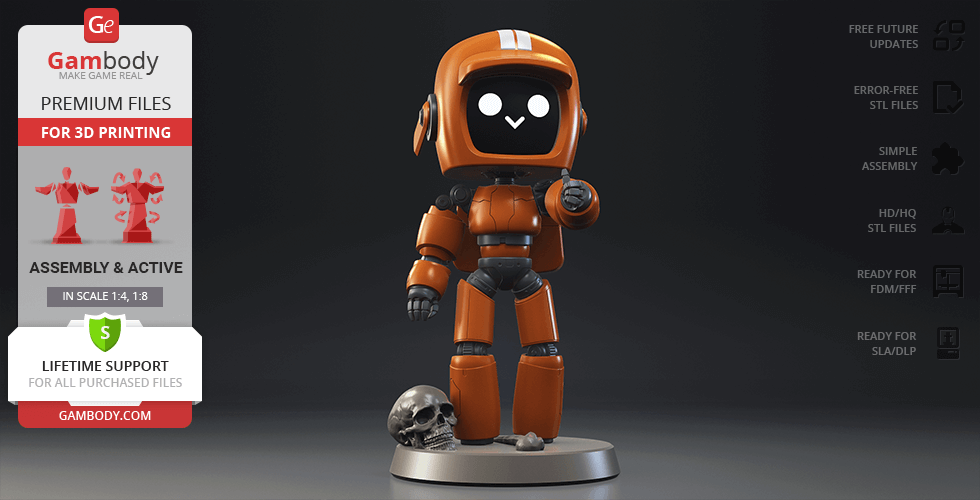
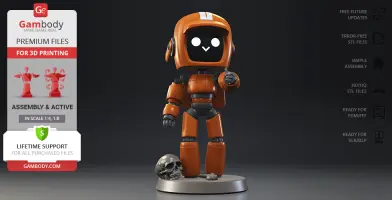
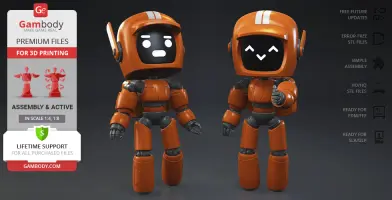
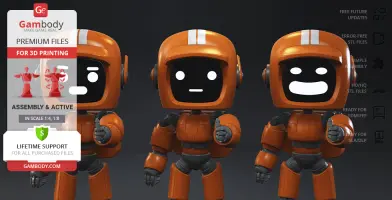
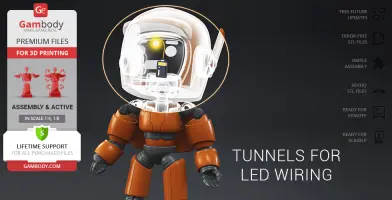
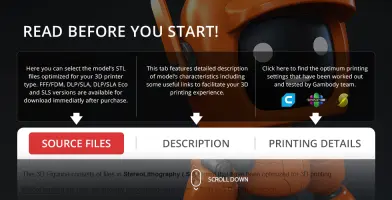
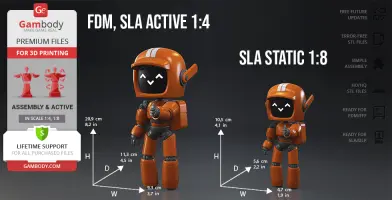
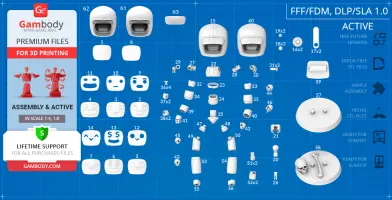
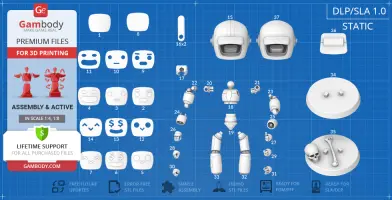
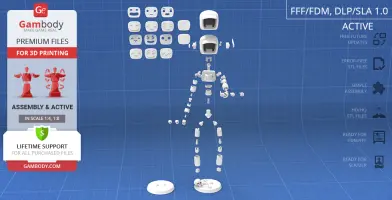
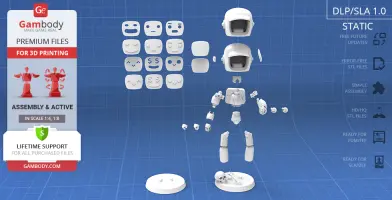
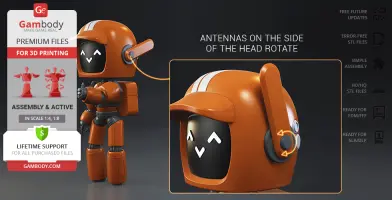
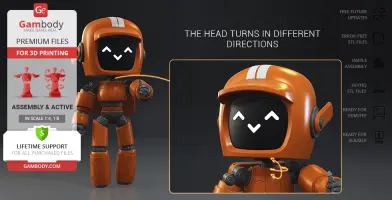

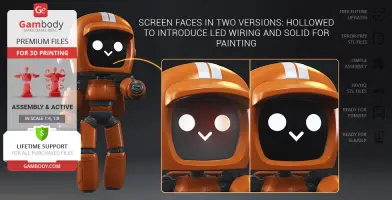
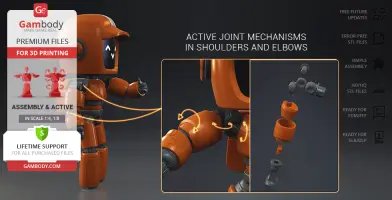
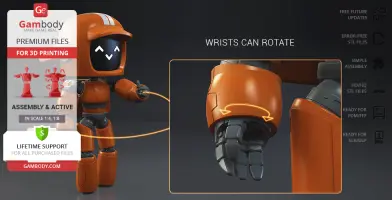
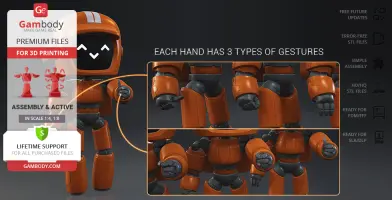
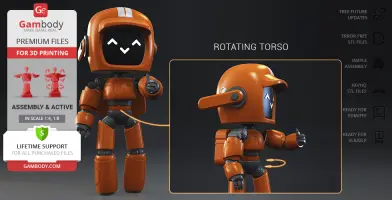
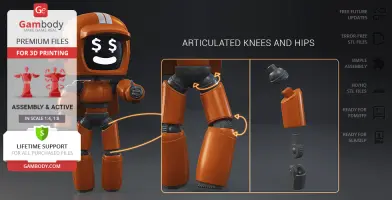

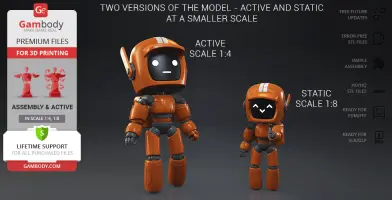
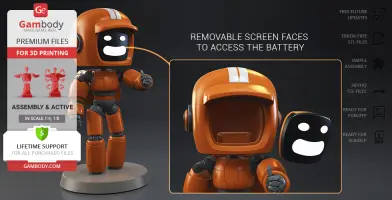
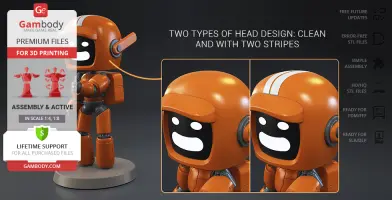

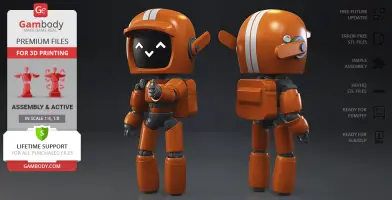
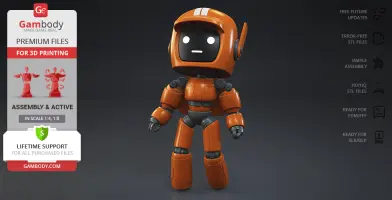
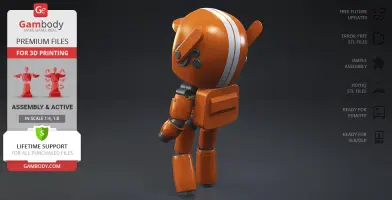
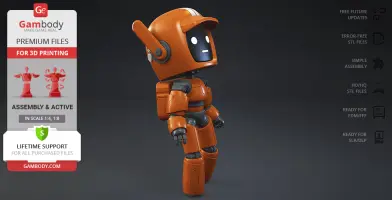
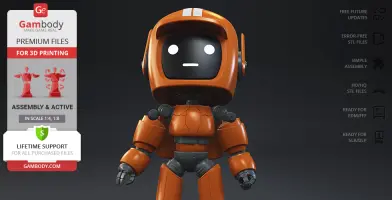
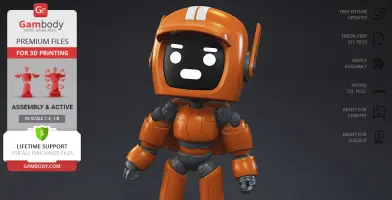
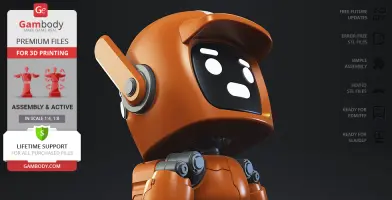
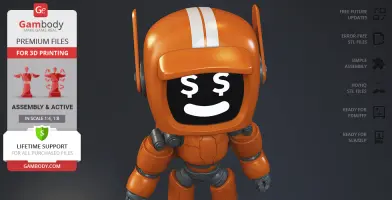
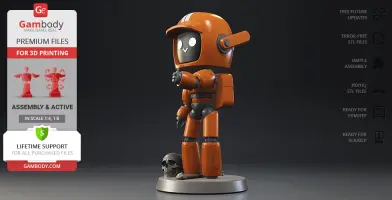
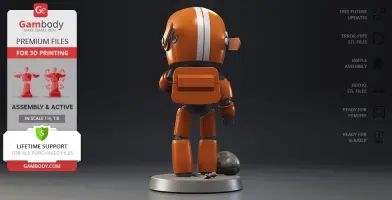
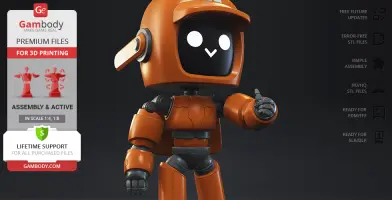
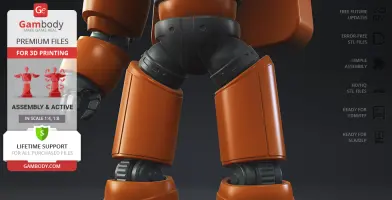
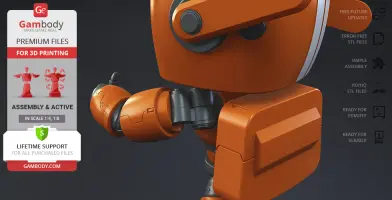
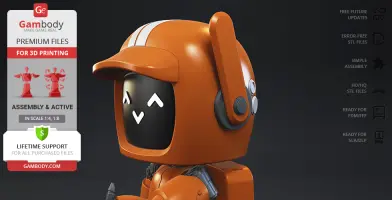
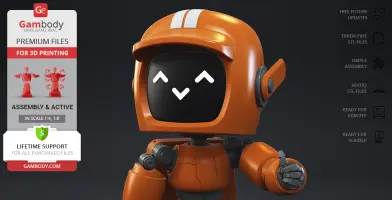
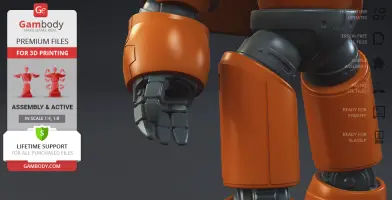
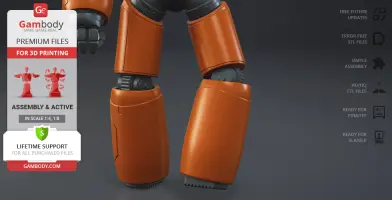
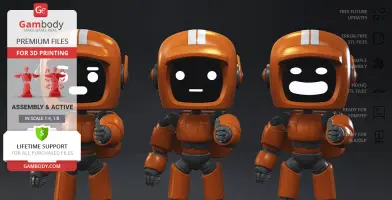
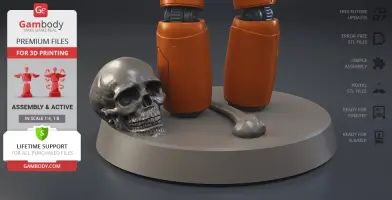
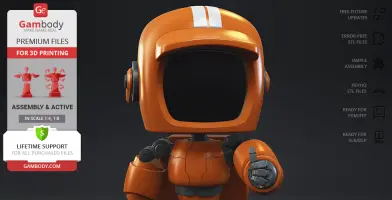
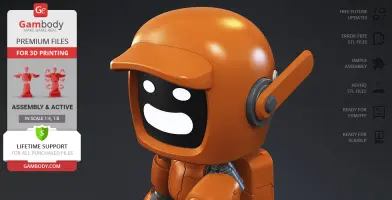
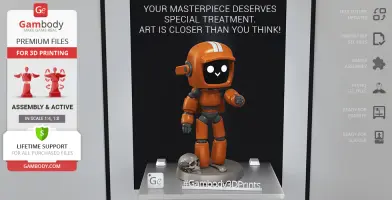
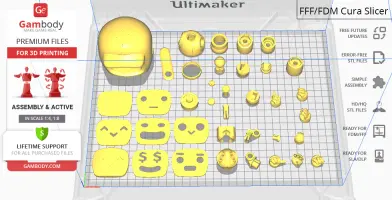
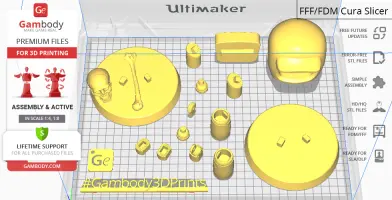


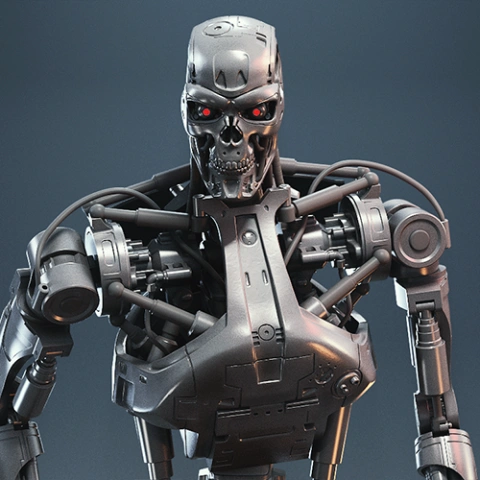
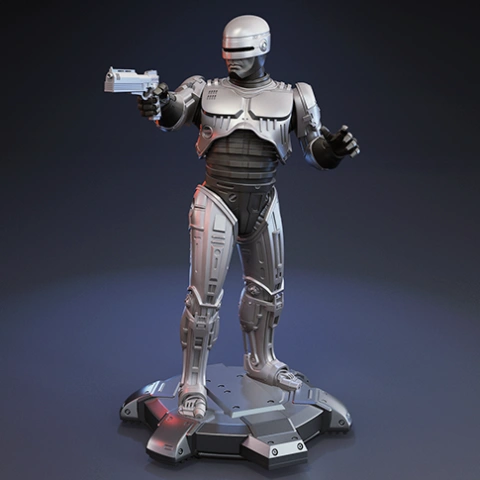
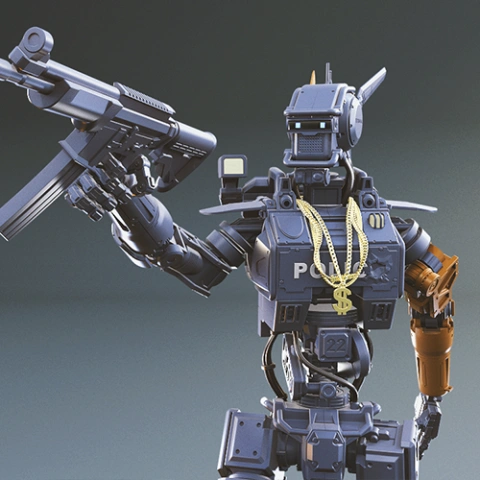
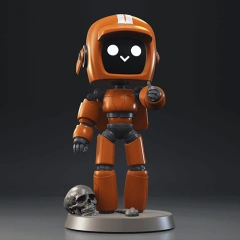
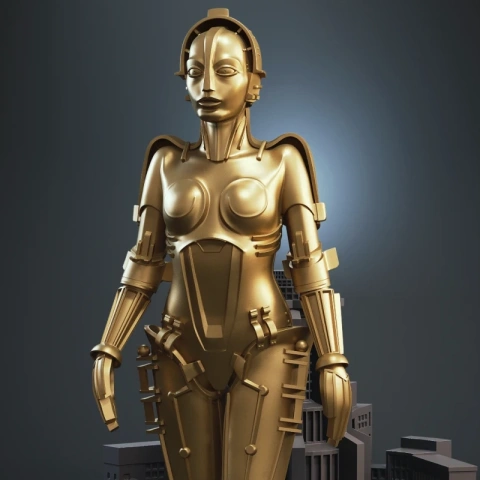
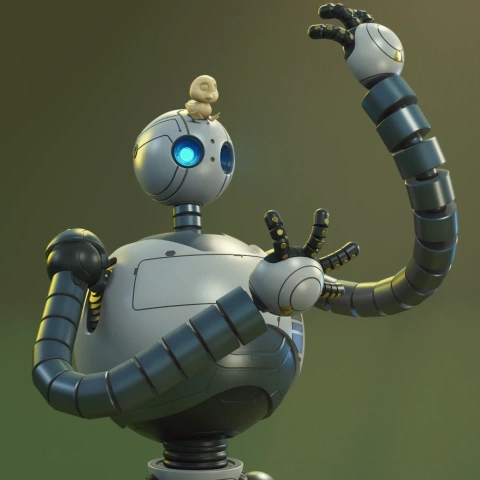
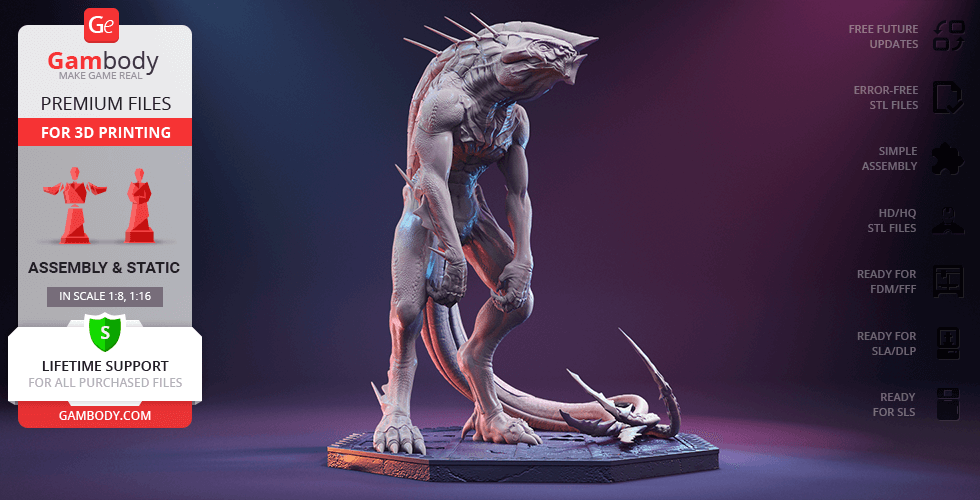
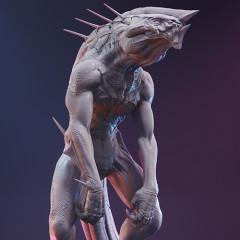
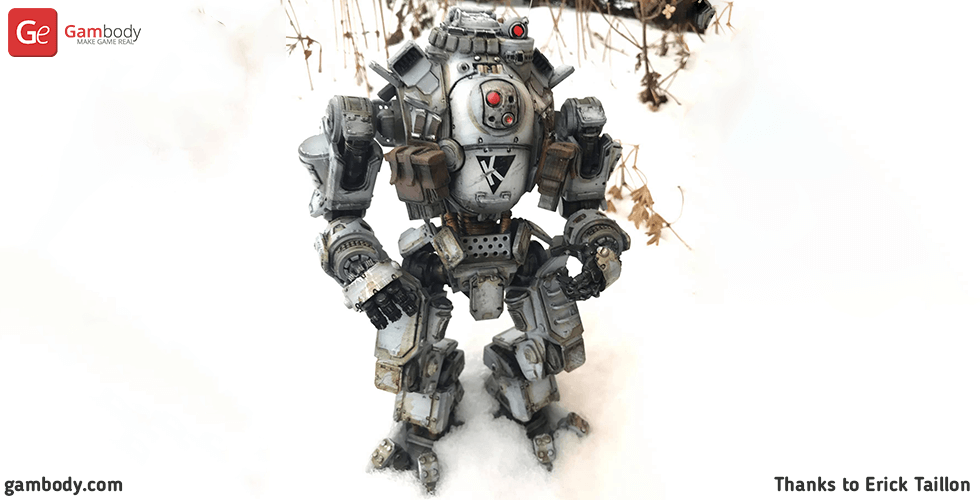

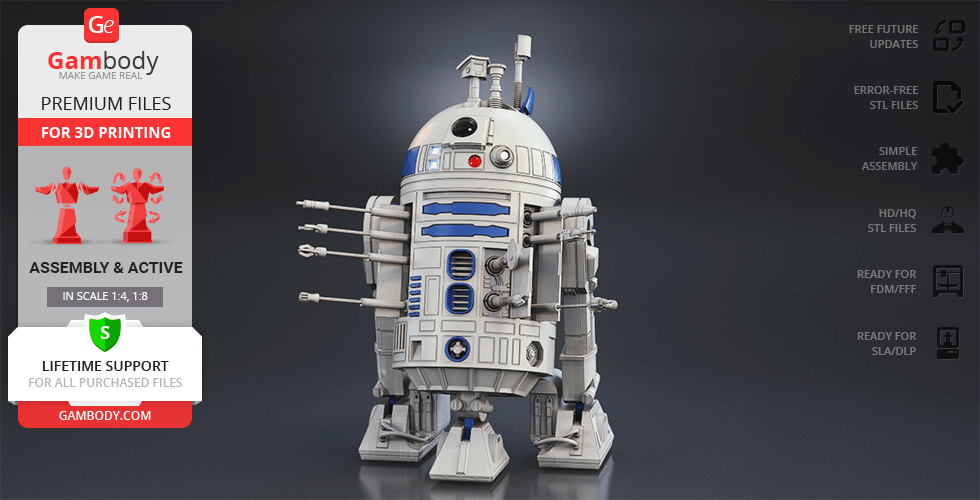
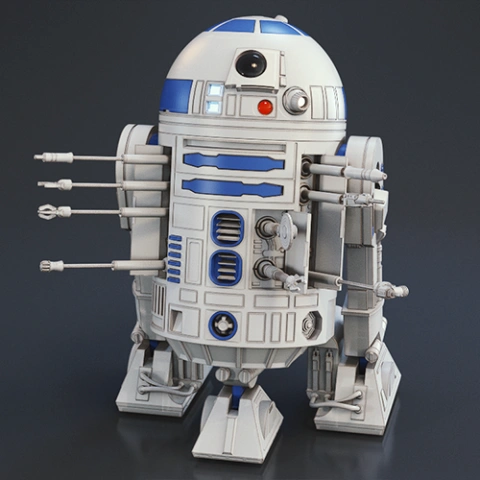
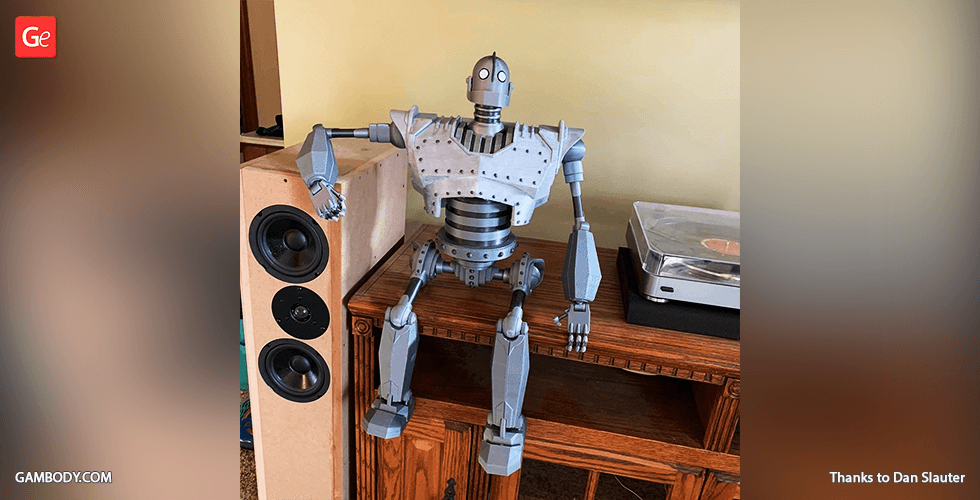
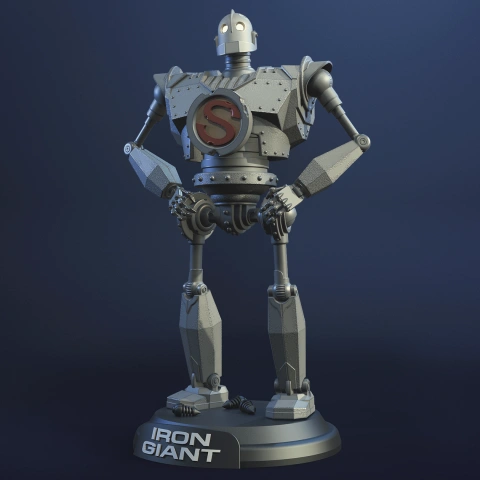
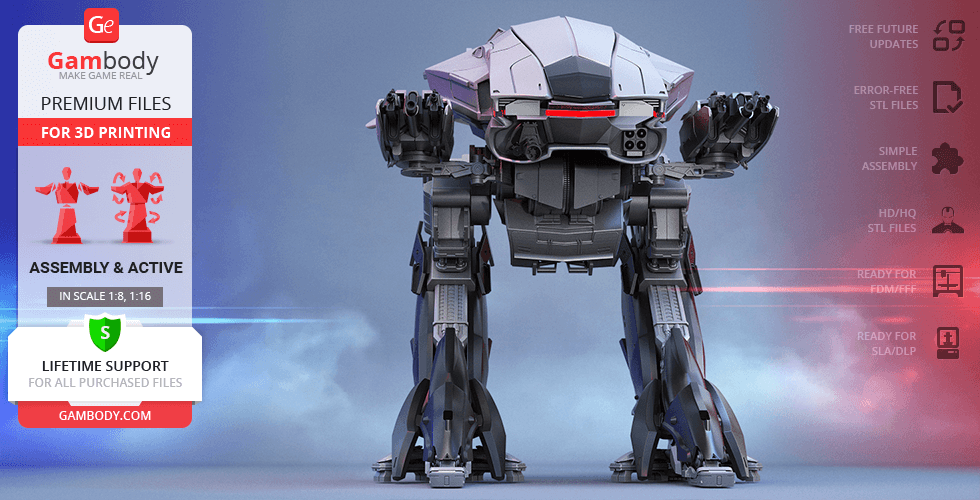
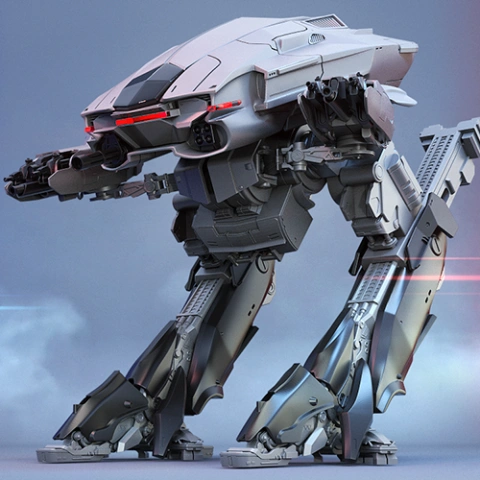
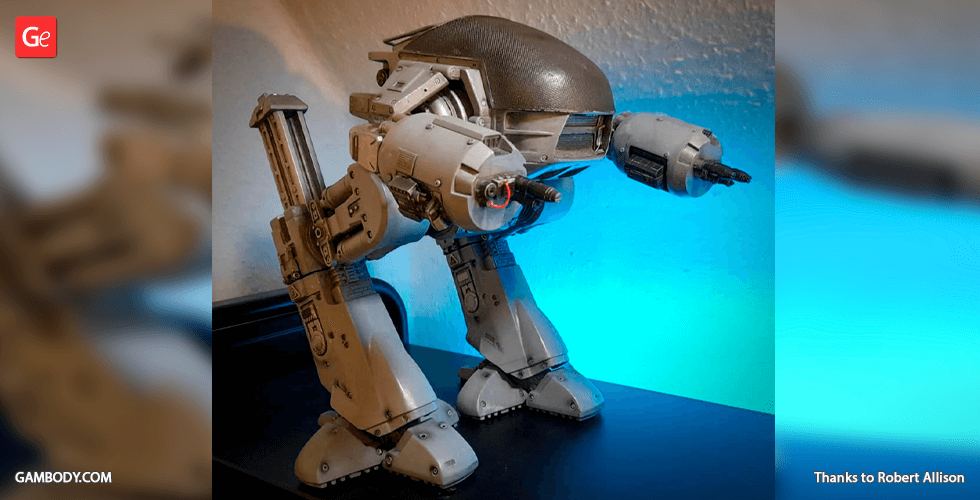
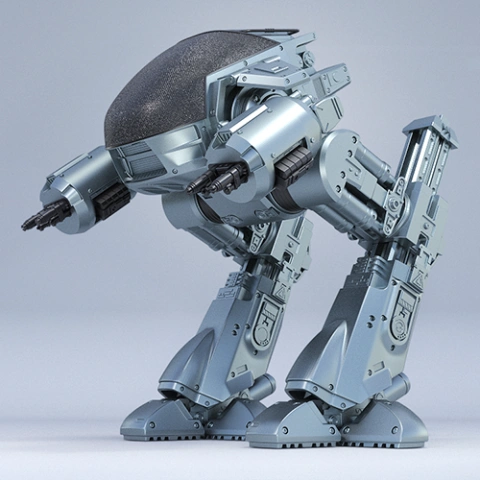
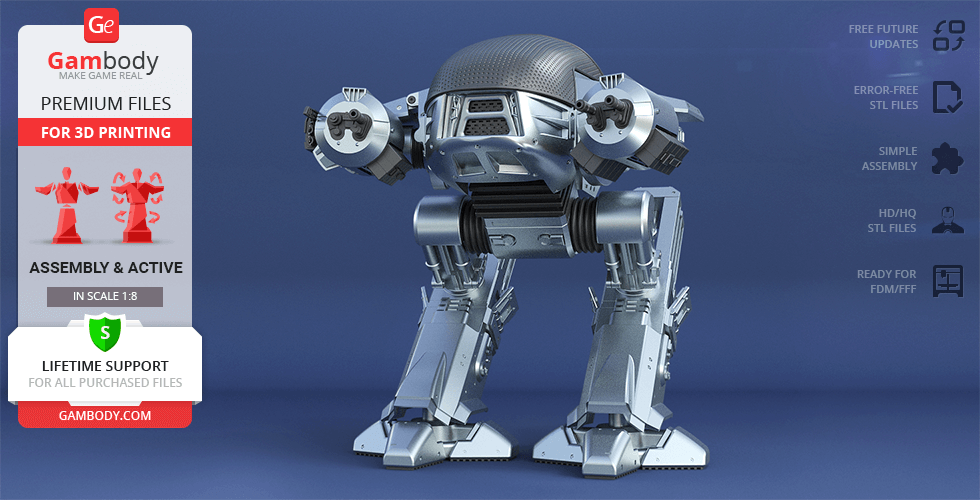
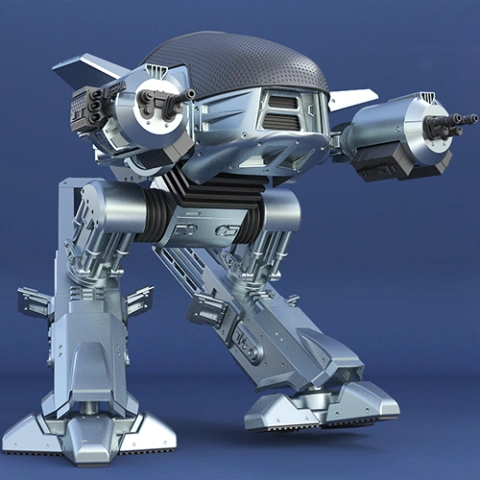
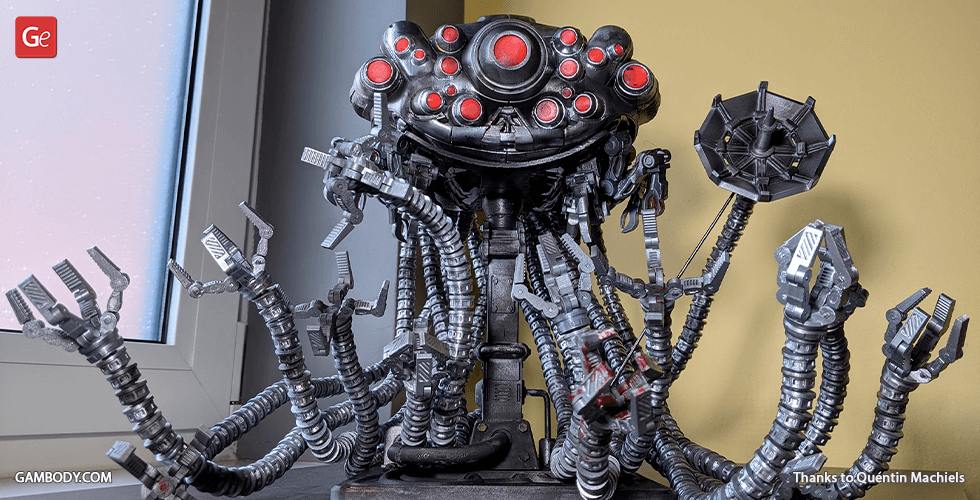
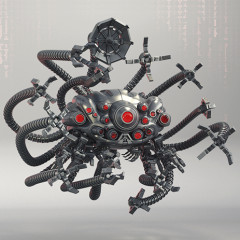
Comments